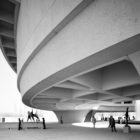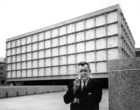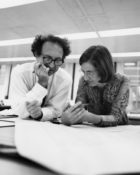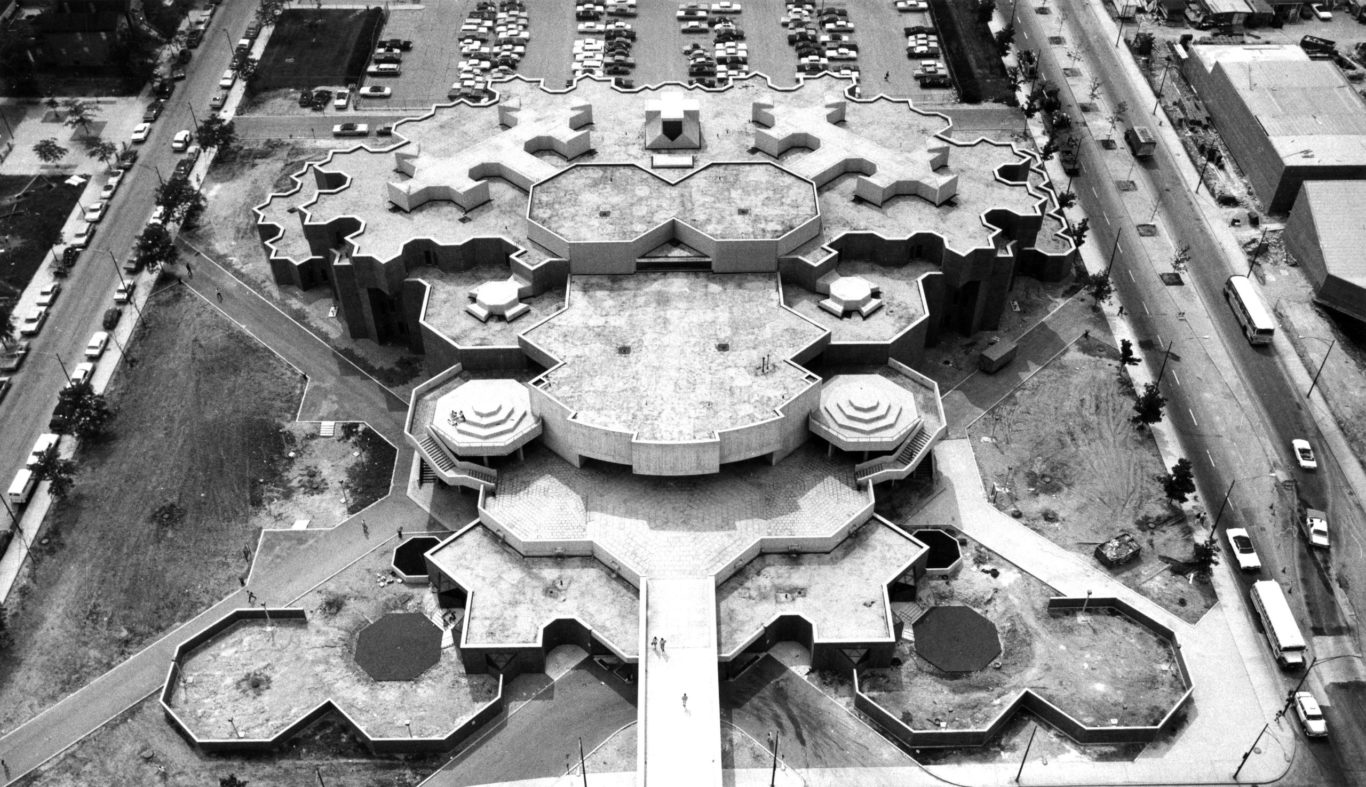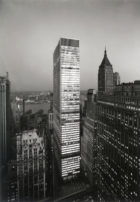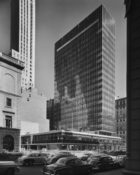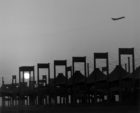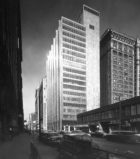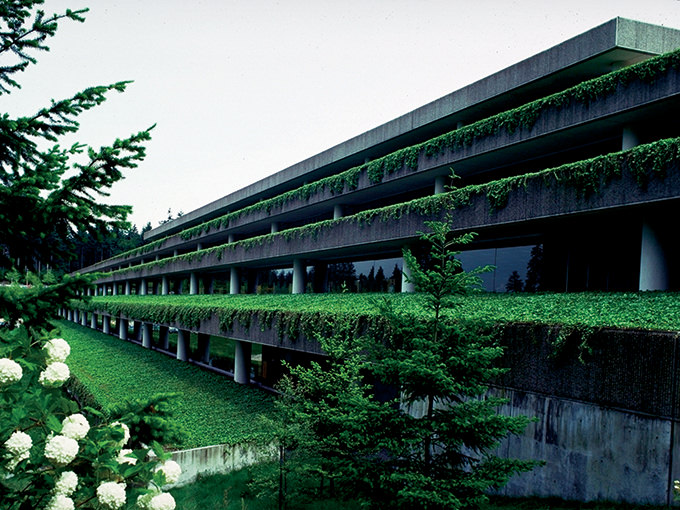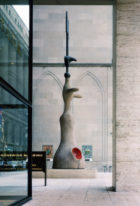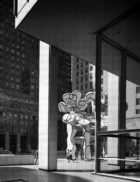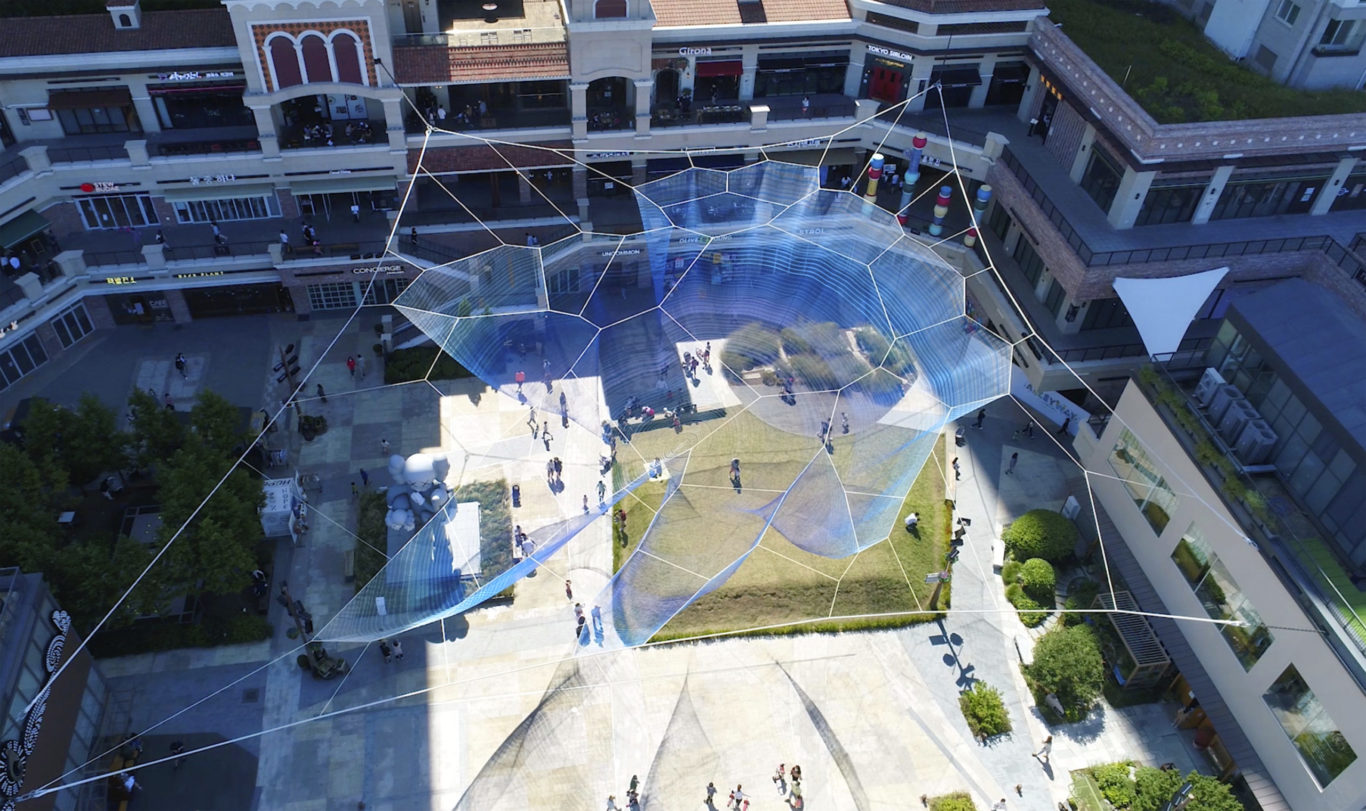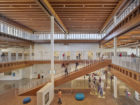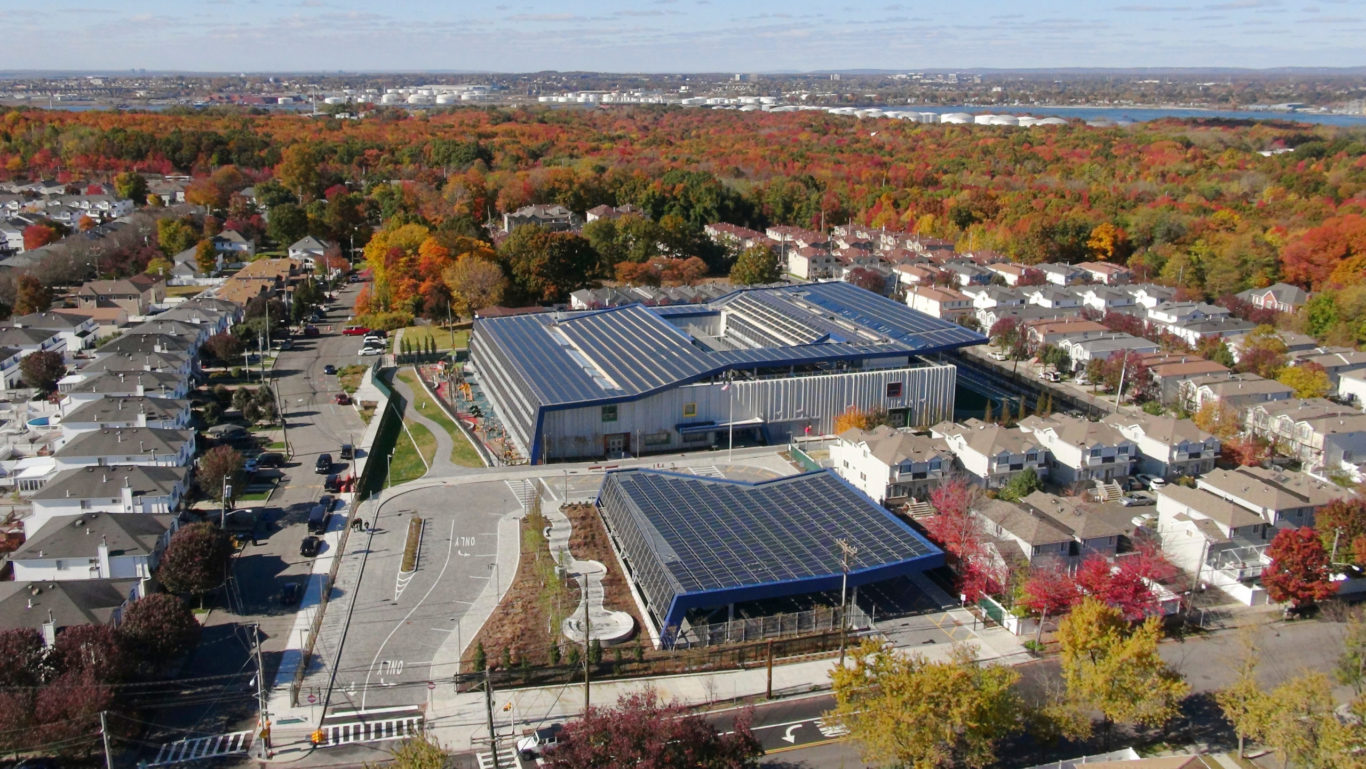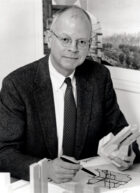01/
Launching an experiment
Louis Skidmore and Nathaniel Owings started their architecture firm on January 1, 1936. It was in an office—an attic, really—at 104 South Michigan Avenue in Chicago. Friend and engineer John Merrill would officially join in 1939. More than a dozen offices past and present and over 10,000 commissions later, their experiment endures.
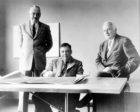
SOM continues to honor the pledge that Skidmore and Owings made when they went into business together: to offer a multidisciplinary service that meets the needs of its time. As Owings wrote, “Through combining group practice and good design, social change, showmanship, we would marinate our architectural demands in sound economics to meet the criteria of our doubting critics—who didn’t believe that one could have both economy and aesthetics—with proof that they were one and the same.”
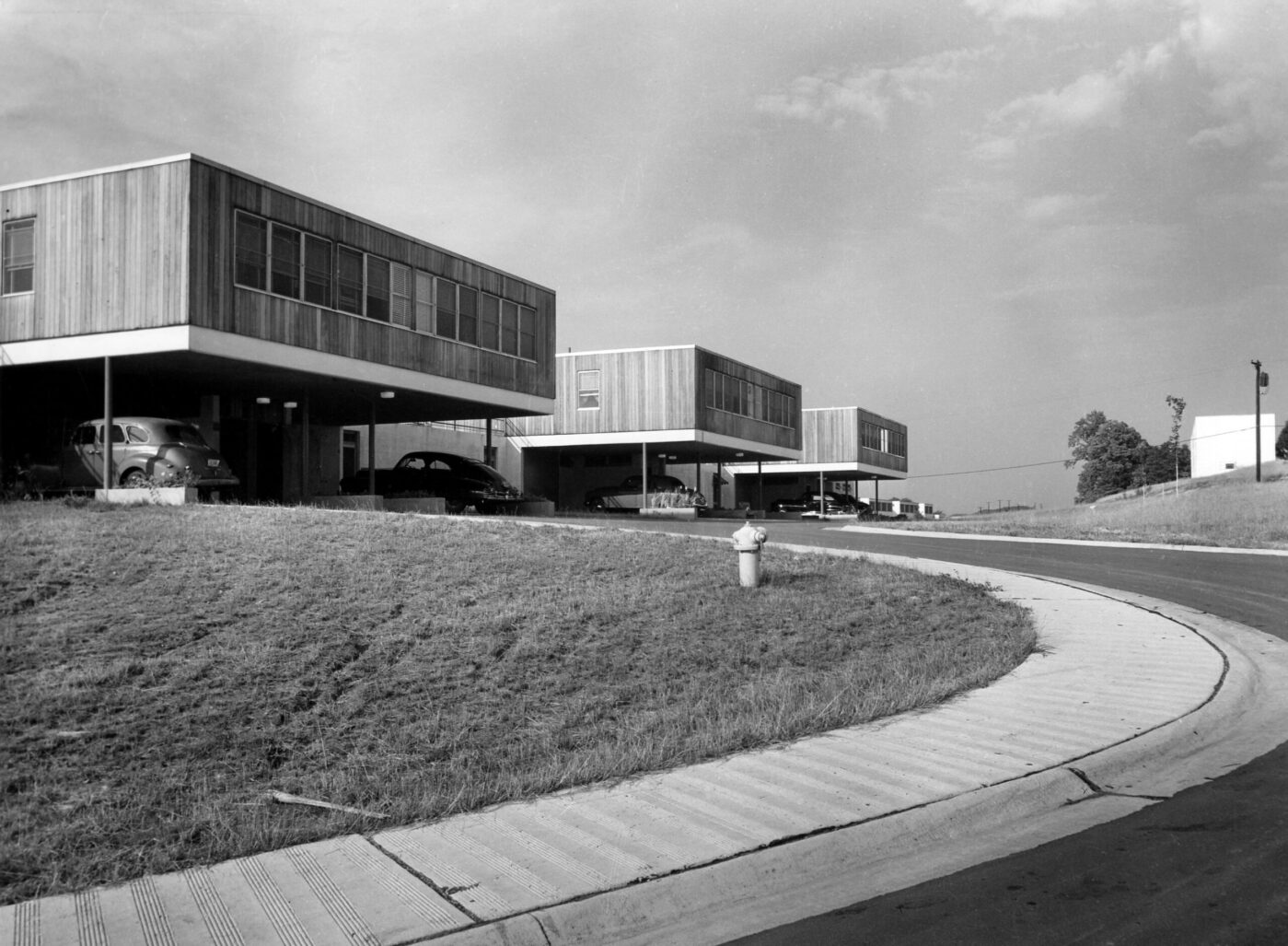
Having been hired for various New Deal-supported housing projects; the 1939 World’s Fair in New York; and the highly-classified creation of Oak Ridge, Tennessee, an entire town planned and built from scratch for the Manhattan Project, SOM was well-positioned for the prosperity that would quickly transform the United States’ economy and culture at home, and its rising influence abroad upon the conclusion of World War II.
Skid and I pledged our lives … to offer a multi-disciplined service competent to design and build the multiplicity of shelters needed for man’s habitat. We would build only in the vernacular of our age.
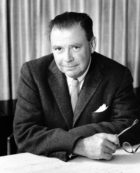
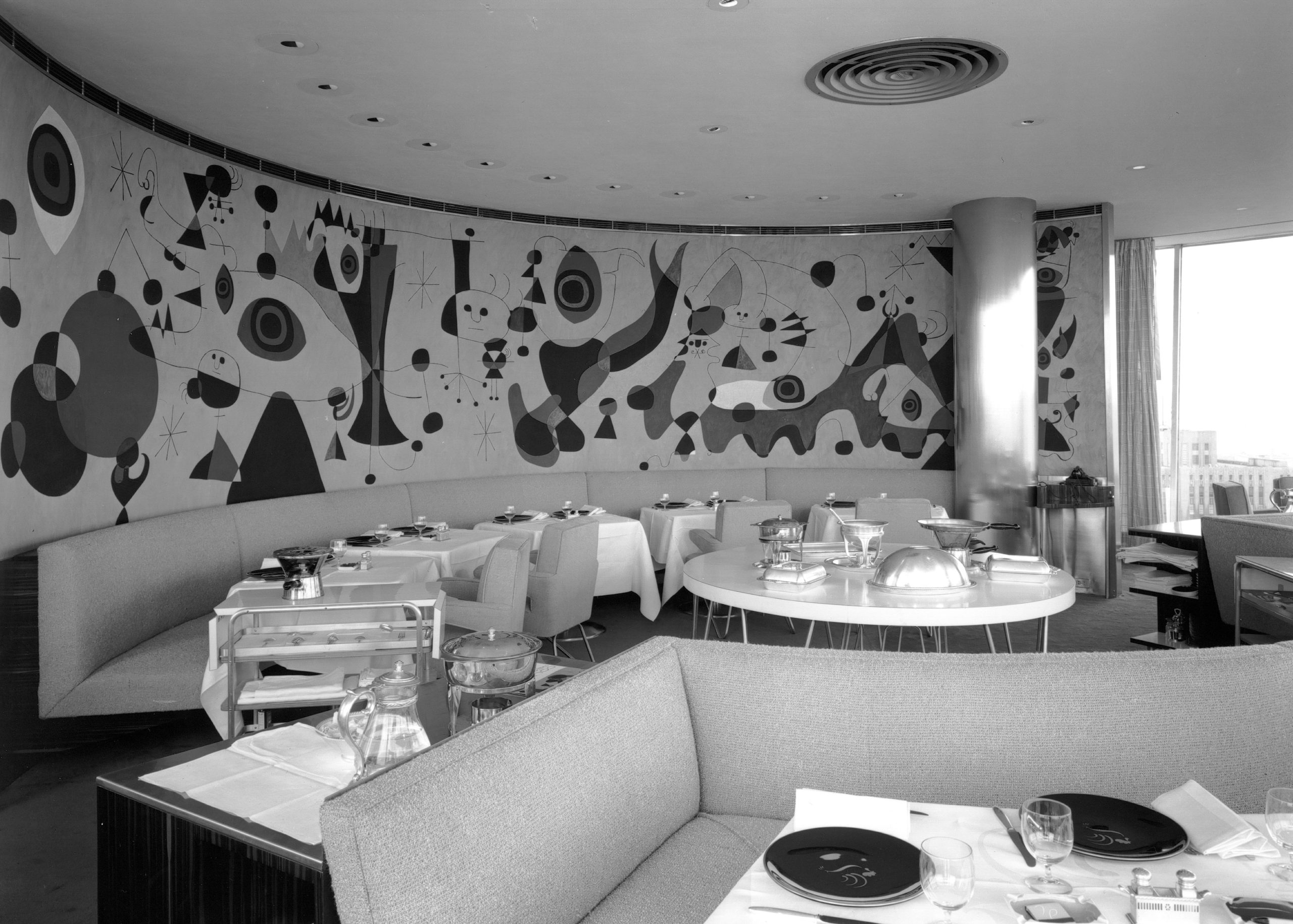
Bold private sector projects such as the Terrace Plaza Hotel integrated modern interiors with ambitious art installations throughout a mixed-use, International Style tower in downtown Cincinnati. Corporations around the world wanted their own version of Lever House (AIA 25 Year Award, 1980) after the L-shaped tower and its glass curtain wall forever changed New York City’s Park Avenue.
